Night runner, my favourite one released ! I love the uncommon accents forming a distinct rhythm, interleaving with a faster pulse — like a heartbeat echoing the rhythm of feet hitting the ground in that first minute.
Author Archives: ssumbera

Ground Truth
Realita vs. iKatastr 3d. Vizuální srovnání pomocí fotek z terénu.

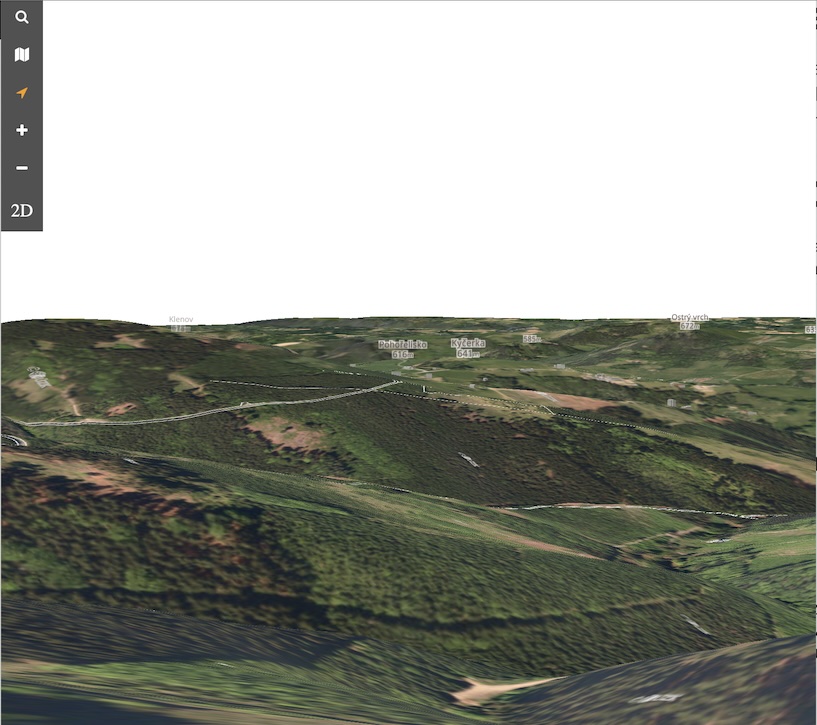

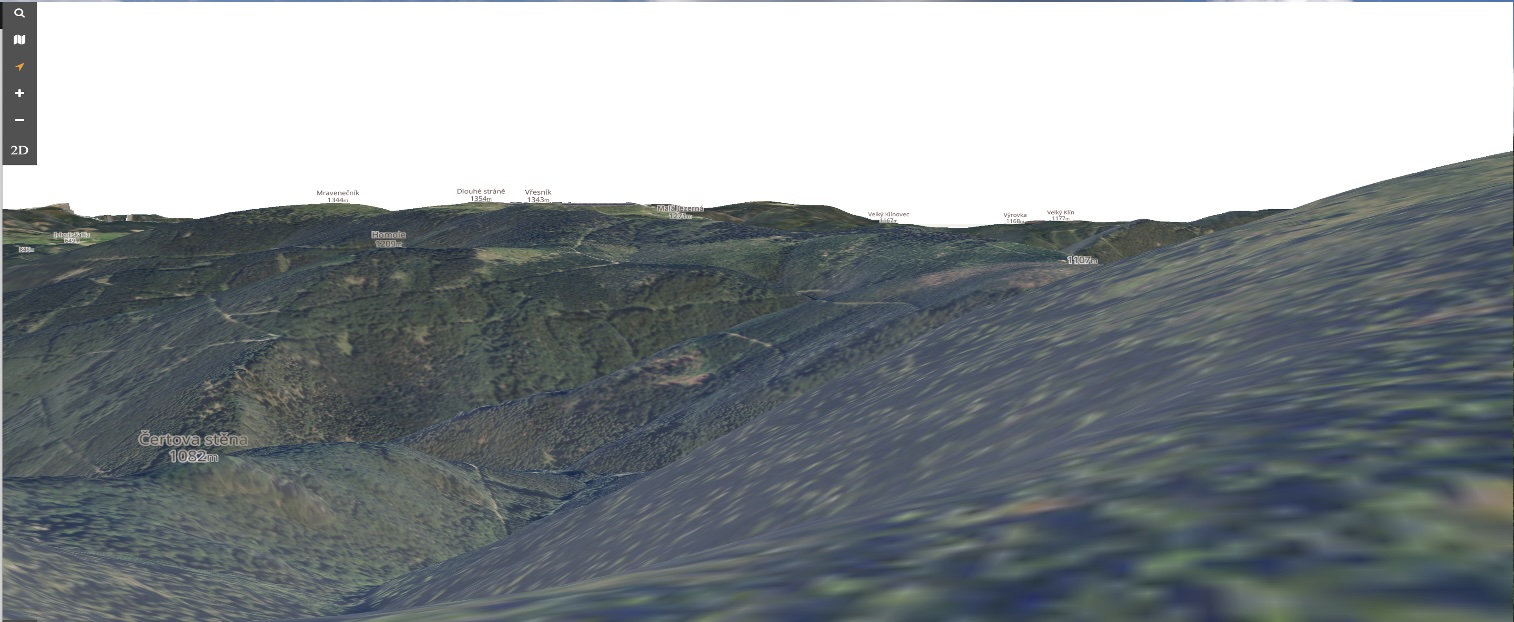
Analogové fotky vs iKatastr 3d
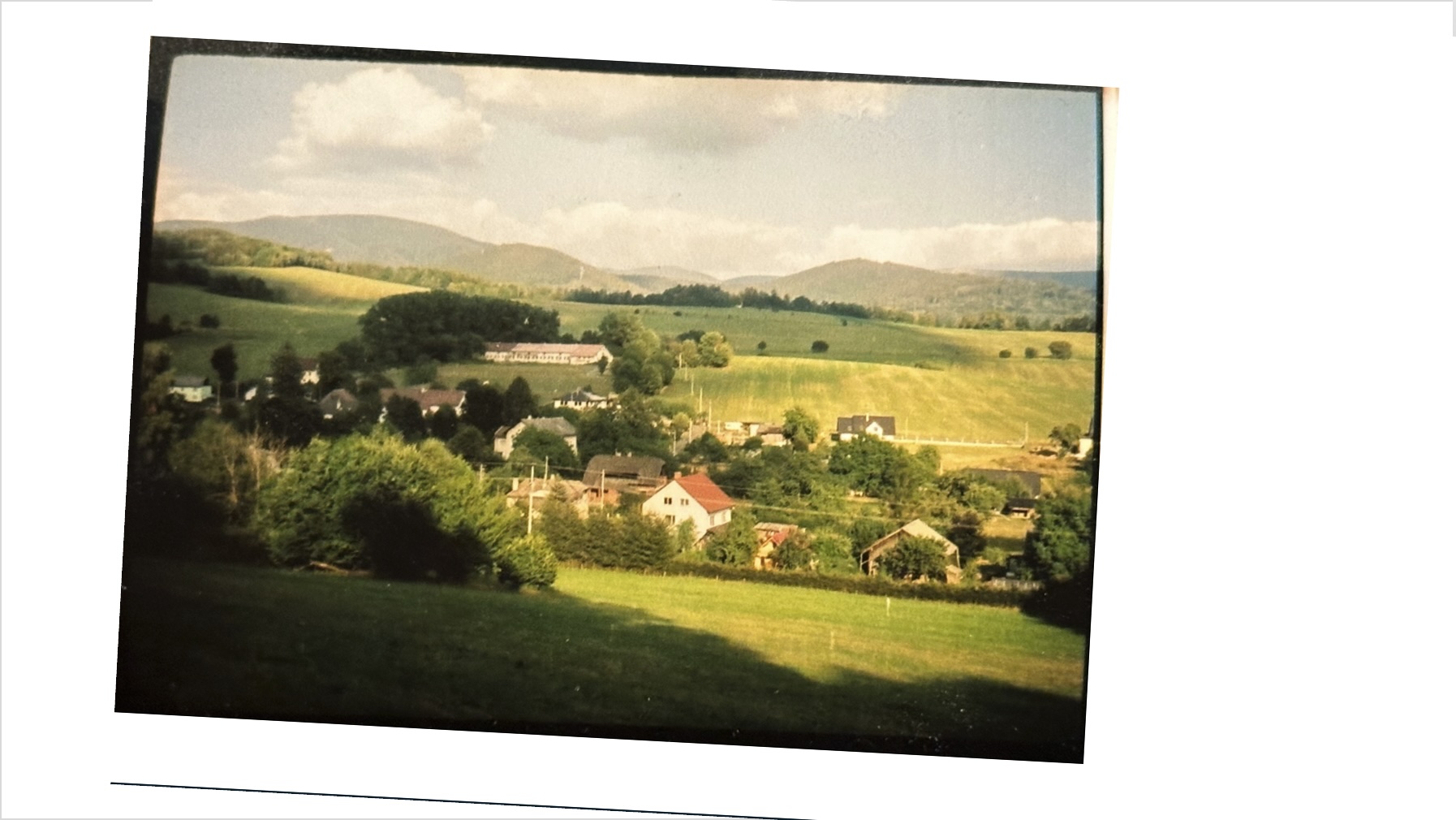
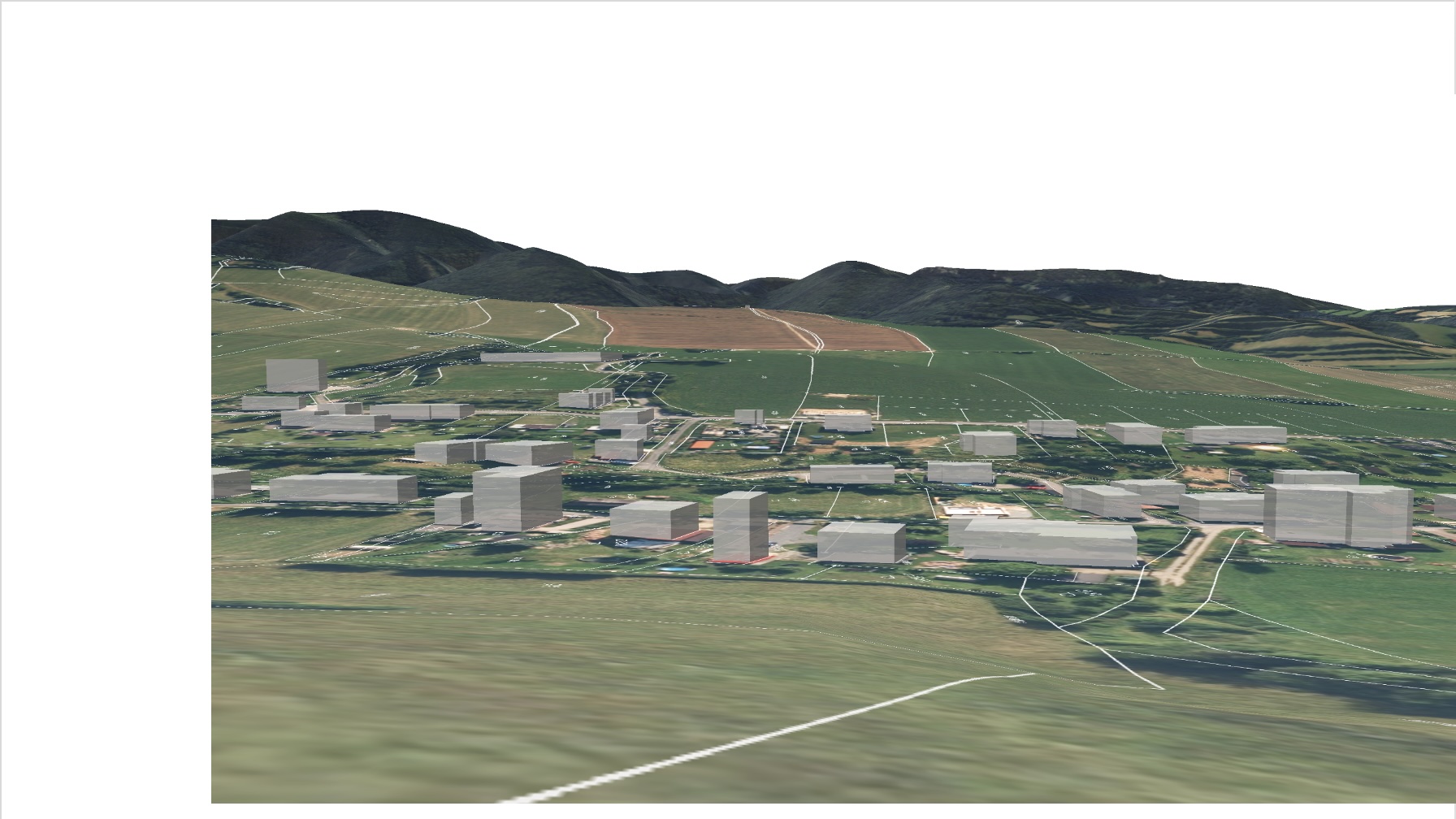

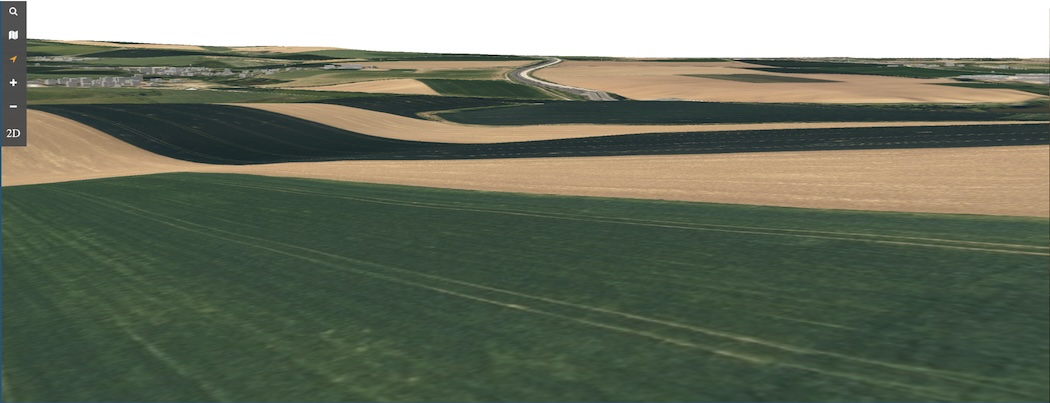
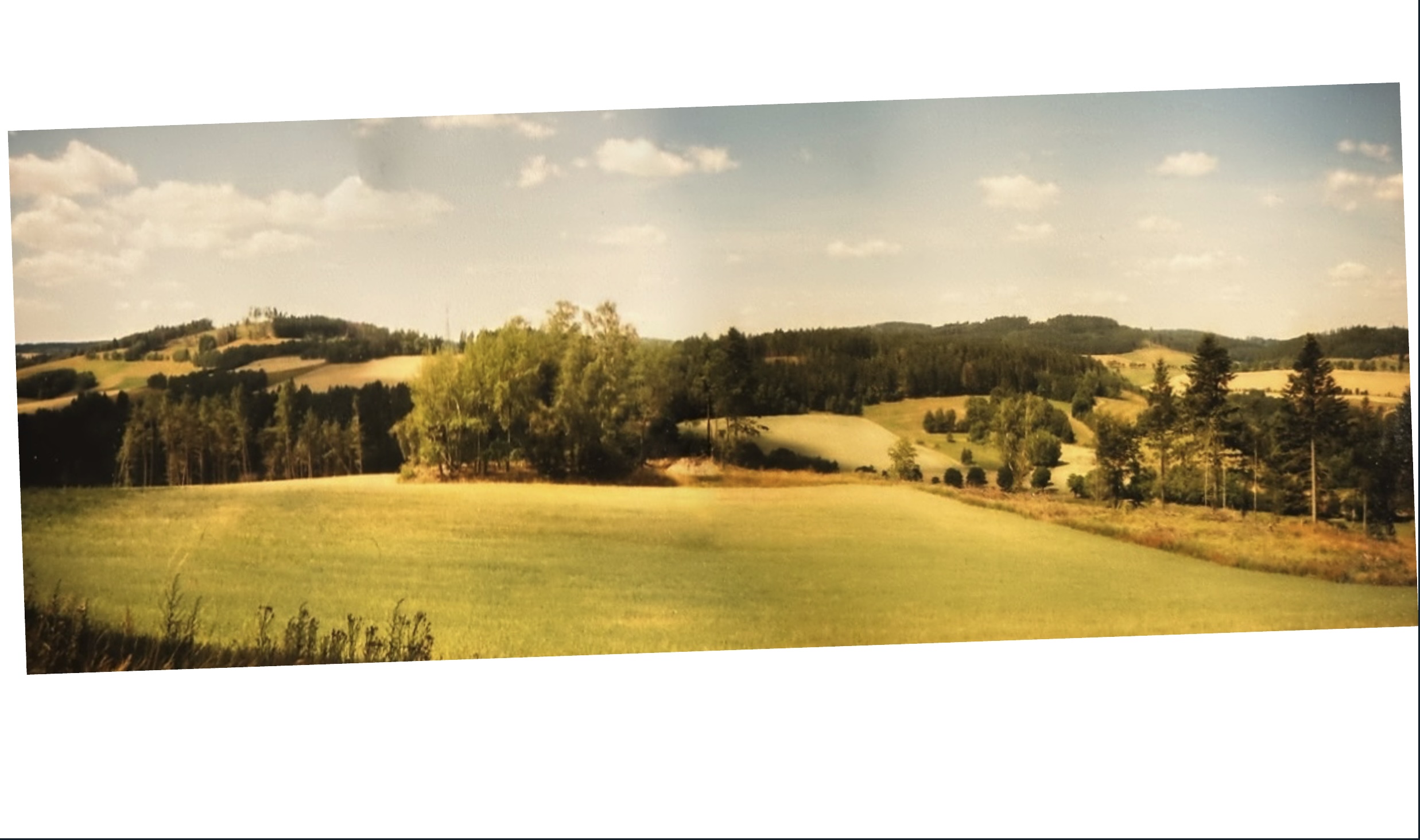
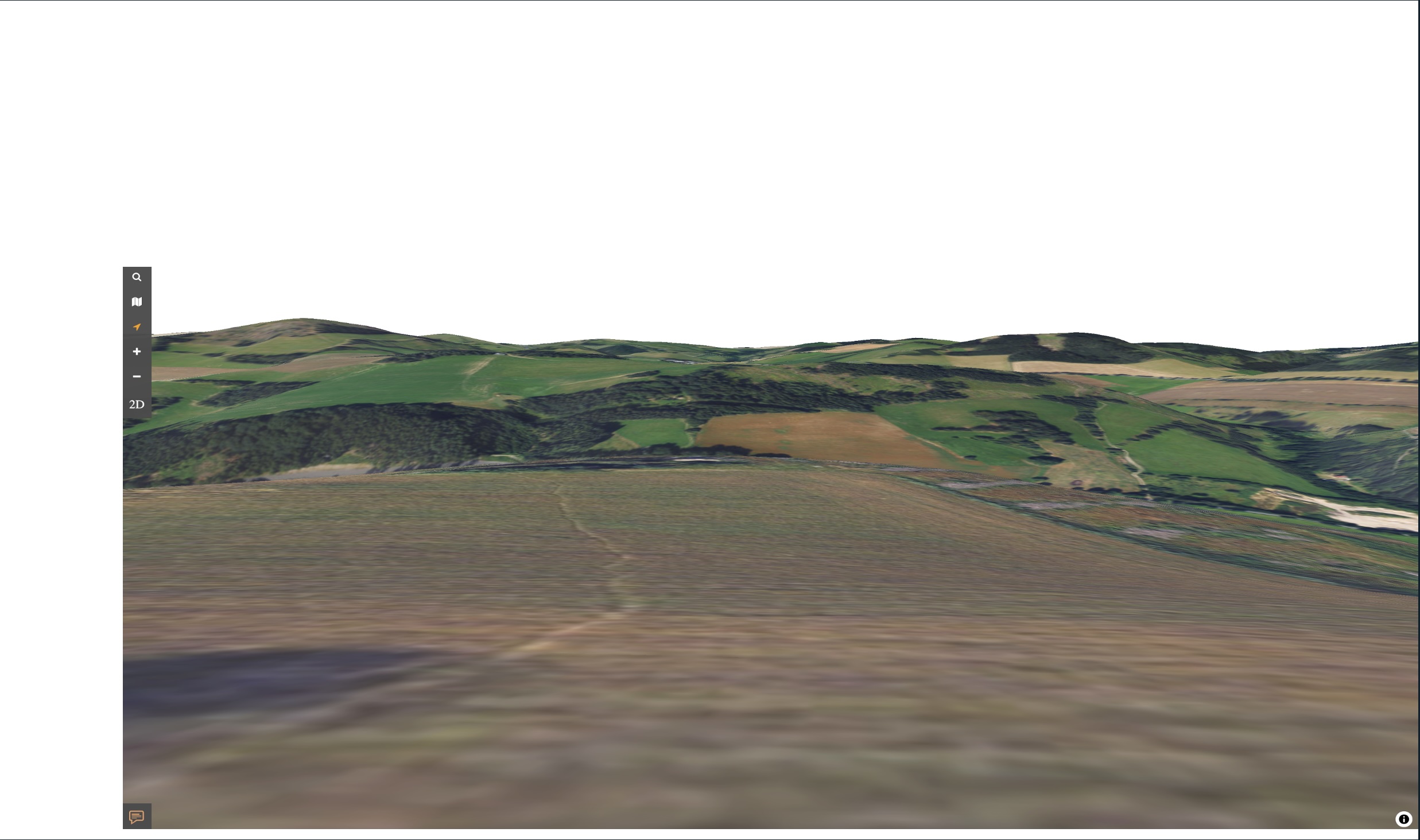
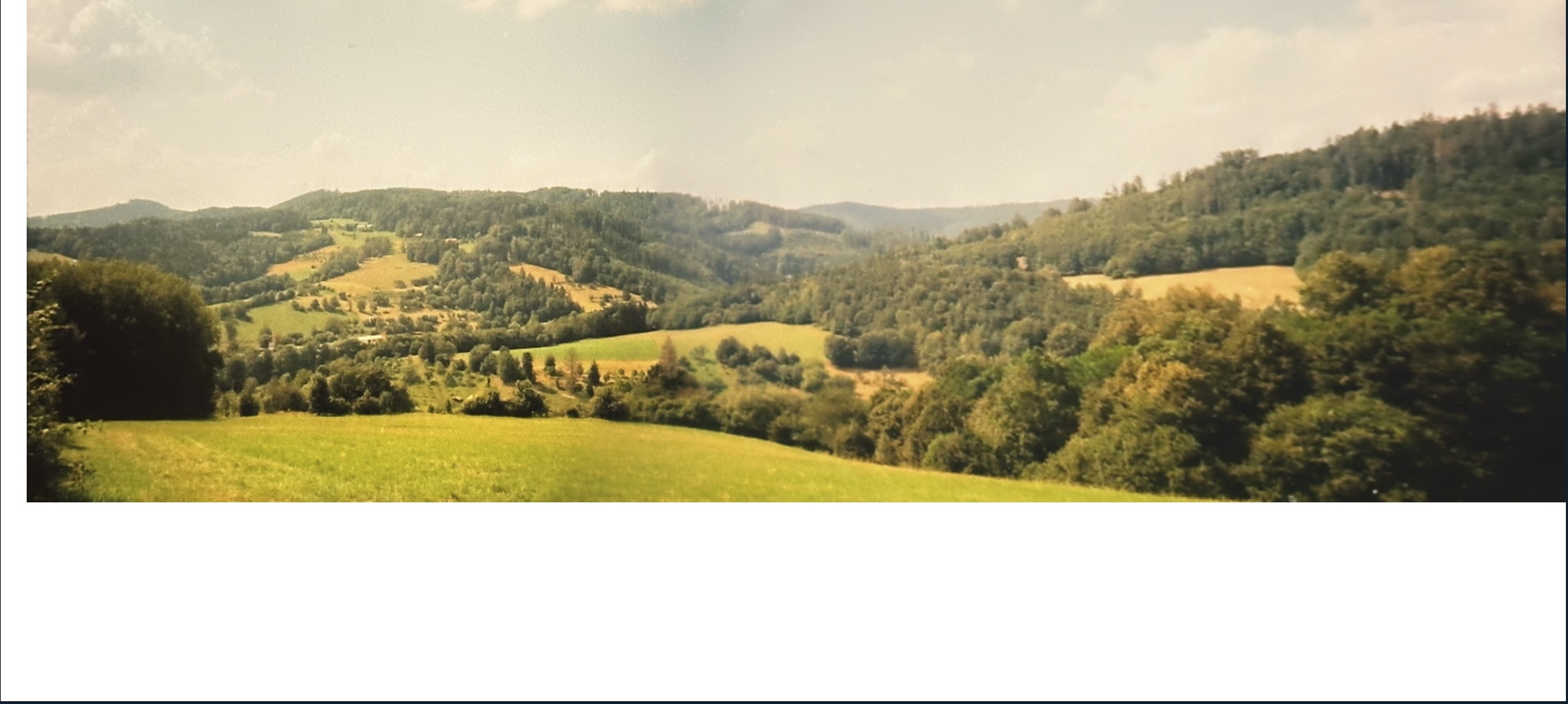


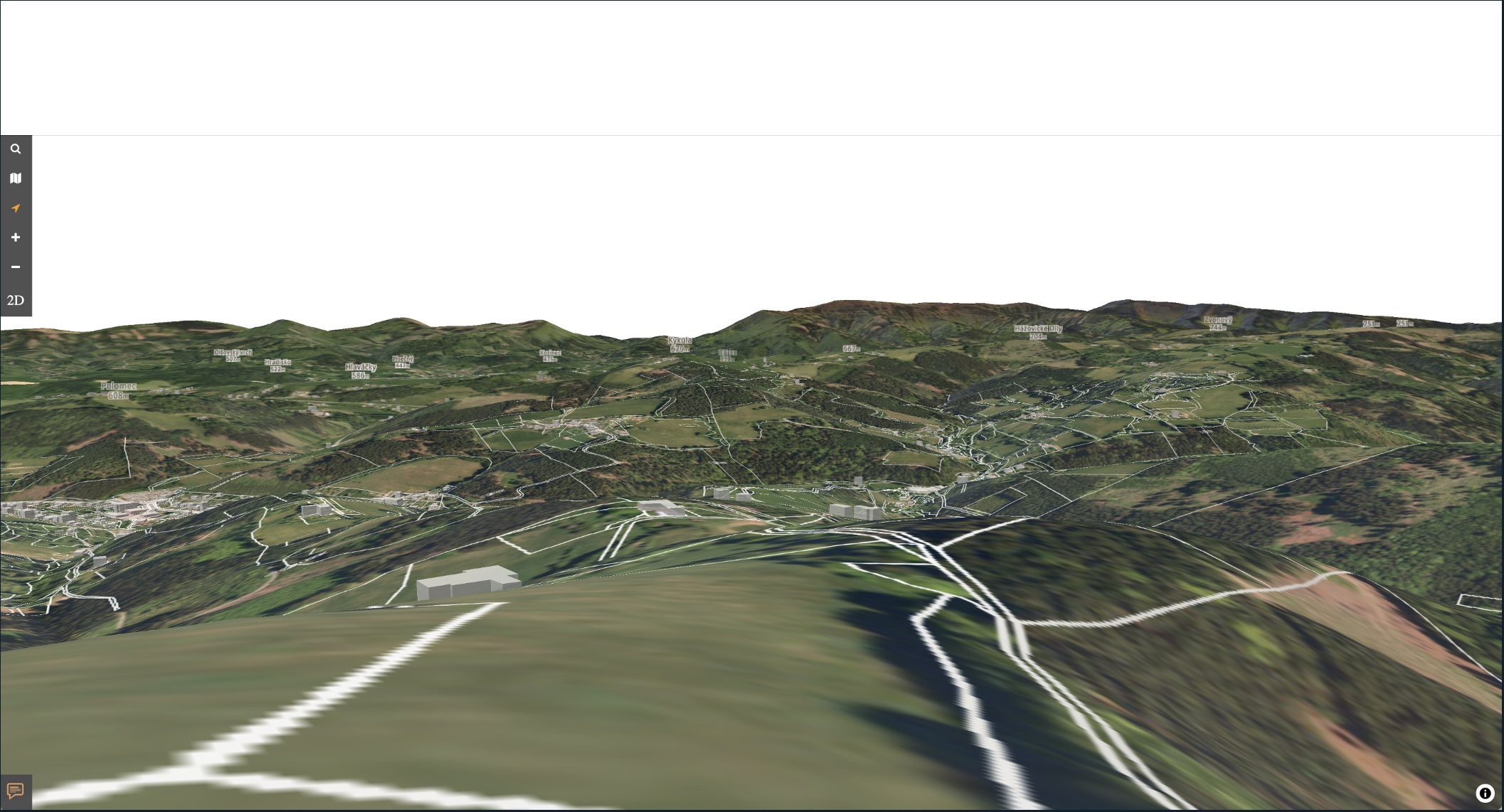
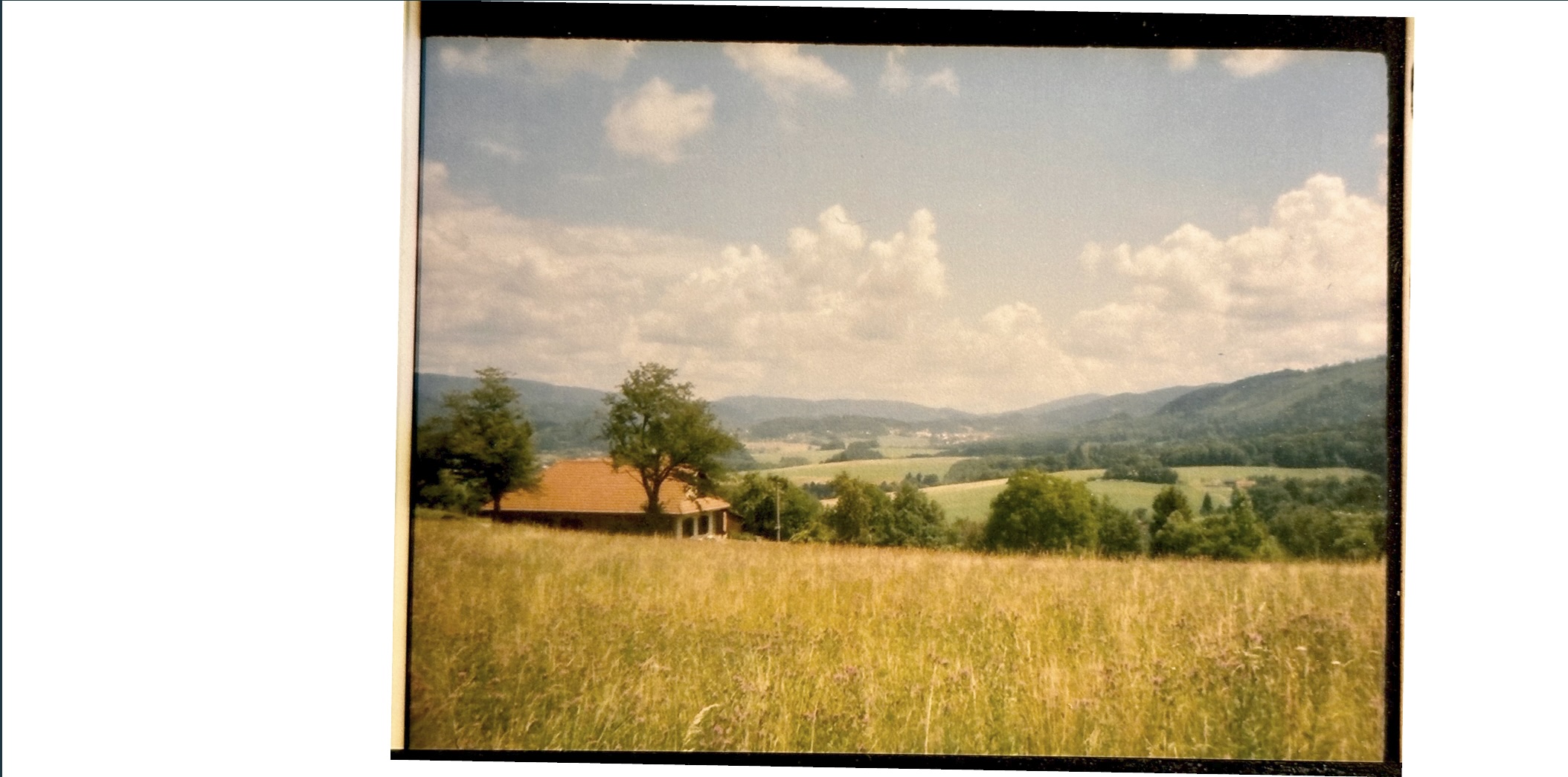
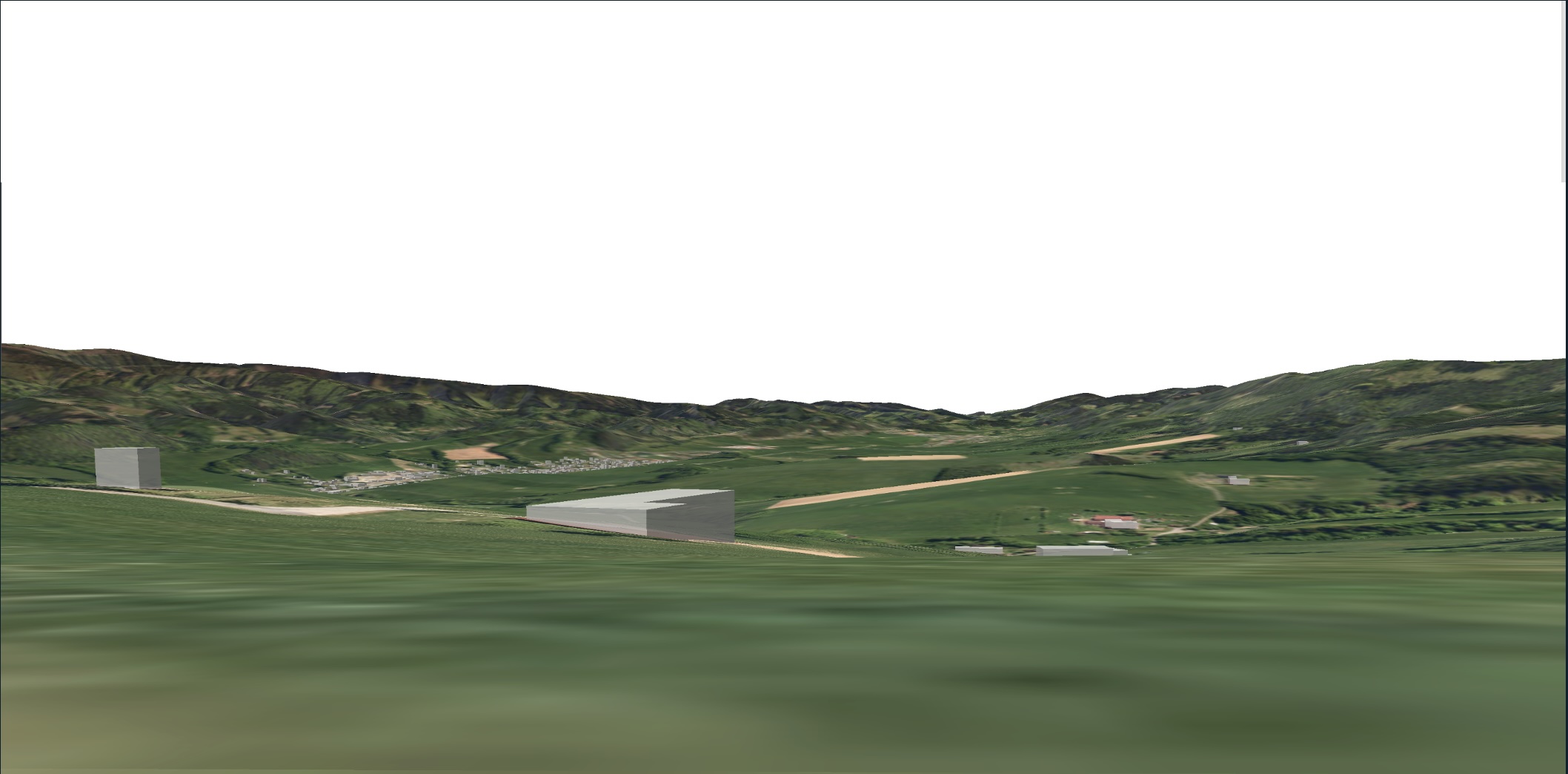




porovnání u prototypu zde
Olympus Pen-D
This is another nice half-frame camera — the Olympus PEN-D. It has an uncoupled meter and a smart way of setting aperture and shutter speed together. Works great and produces nice photos. Compared to the Canon Demi EE28 , it’s a bit bulkier, mostly due to the faster Zuiko 1.9 lens.
It features a Copal leaf shutter, fully mechanical, so no batteries are needed. Focusing is manual via a distance scale. Zone focusing works well once you get a feel for it.
Shutter speeds range from 8s to 1/500s.
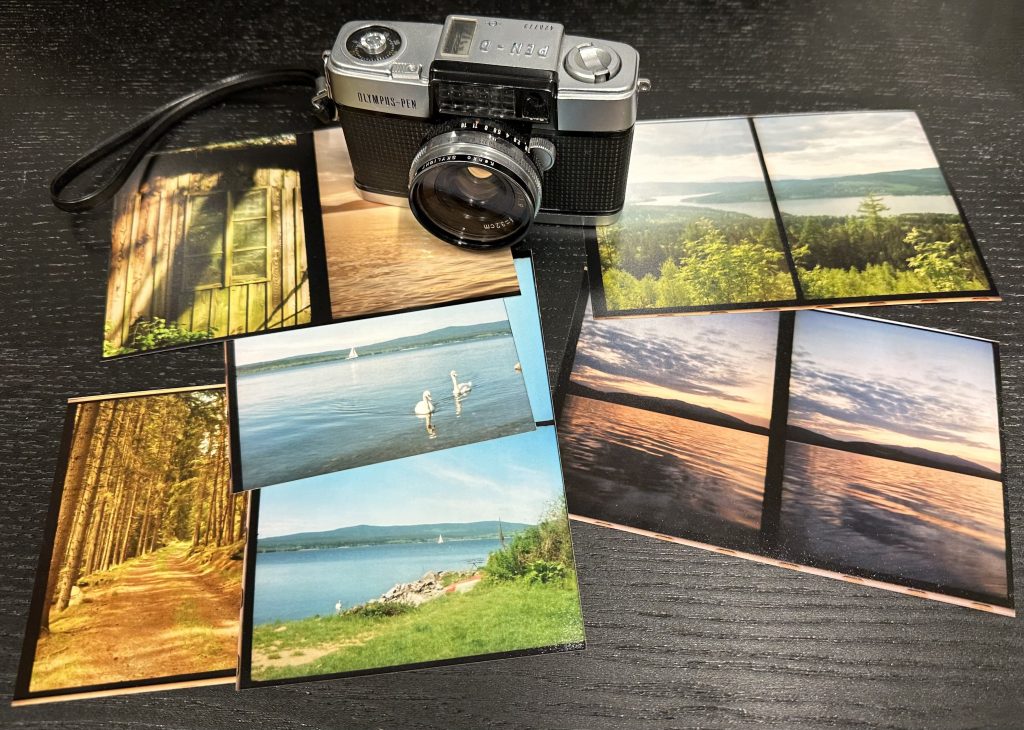
GIS Visions 2045
I gave a presentation where GIS might evolve in 20 years from now as part of the GIS Ostrava 2025 conference on 5.3. 2025. it was great to see again colleagues ! get eye-contact with audience and not just virtual applause. Also nobody was showing physically thumbs-up or red heart (in that case I would call emergency), rather real spoken (I mean real sound wave based ) comments, real talk and smiles. That was the main topic of the talk – Spatial Interactive – with people, tech, discoveries. Step out of the ‘glass-illusion’ trap.
Spatial Interactive
Stanislav Sumbera, GIS Vision 2024, 5.3. 2025,GIS Ostrava 2025
- What happens here is more important than what happens now.
- Space is naturally interactive, enabling collaboration and sharing.
- The computer is not behind a 2D glass screen but understands 3D space and interactions within it.
- People learn through observation, collaboration, and play.
- Community Computer
- Projective Augmented Reality (Projective AR)
- Bret Victor – Dynamicland

image sources:https://gislab.utk.edu/tag/ar-sandbox/ , Dyamicland.org, Lightform
- HMD / Head-Mounted Displays – Apple Vision Pro
- Spatial Computing
- Control through advanced gestures
- “Super persistence” of objects – digital objects remain anchored as if truly part of the physical world
- Pseudo-haptic feedback – realism in rendering creates the illusion of tactile response
- Currently at the “UNIX Workstation” stage of the 1980s – showcasing possibilities that will later become accessible to everyone.
- Also bloged here
2. Web, Open Source, and Technology Accessibility
- From Google Maps → OpenLayers → Leaflet → MapBoxGL → MapLibreGL → ?
- Each step represents greater availability, democratization, and accessibility of mapping technology, pushing development forward.
- How difficult was it to render an image in 1993? How difficult was it to share that image with others? And today?
- What is difficult, expensive, yet possible today that will become commonplace in 20+ years?


3. Lifespan of Data vs. Lifespan of Technology
- WMS – Simple for visualization
- Vector tiles – More complex to render (OGC API Tiles, MapBox Tiles, MapLibre Tiles – MLT)
- 3D tiles – OGC 3D Tiles, evolving standards for spatial data
- More aesthetics, smoothness, and artistic expression in maps
- Real-time rendering techniques, such as Gaussian Splat, for next-generation visualization

from Book: Eneterpise SOA by Krafzig, Banke, Slama
4. Scanning Spaces and Objects
- 3D scanning is accessible to everyone
- Spatial Video, Spatial Photo
- 3D scanning is as simple as taking a photo
- Photorealistic scanning
5.Precise Geolocation ~2-10 cm
- VPS (Visual Positioning System) – accuracy < 10 cm
- 5G geolocation
- Affordable high-precision GNSS + RTK/PPP (< 10 cm)
- Accessible VPS from panoramic images, Mapy.cz?
6. AI – Welcome to the Jungle
- NPCs have become “thinking machines” (are we, on other side, turning into NPCs ourselves? aka Jumanji 2 )

Image from Jumanji 2,driver – Mason Pike ?
- The Chinese Room paradox – an English speaker perfectly assembles answers in Chinese following instructions without understanding the Chinese language and symbols meaning.
- AI cannot create true originality but excels at combining and compiling existing inputs – a “super plagiarist” or “super puzzle resolver” ?
- Might replace a significant amount of human (intellectual + routine) labor – in GIS (georeferencing, recognition/classification), programming/syntax, and more
- “Hard work for machines, thinking for people” (Tomáš Baťa) is evolving into “(Pre)thinking* for machines, creativity/ideas for people” (in Czech Language : pre-mýšlení)
- AI model marketplace – grow (cultivate) your unique “thought twin” that integrates into an open AI network.
- Developer Twin: Blog post
Wining is singularity, whereas losing conforms to a pattern.
from page 16 of the great book uncommon sense, common nonsense. by Jules Goddard and Tony Eccles.

and p. 39: It is better to be first than it is to be better

2 quotes form czech book on Bata system :
Taylor, Fayol, Ford, and Baťa put an end to the old type of entrepreneur for good. They argued that profit does not depend on the numerically lowest wages, but on the highest and most efficient work performance, during which the worker works as if he were working for himself.
“Baťa’s factories produced and supplied most of the construction materials themselves. They had their own brickyards, carpentry, joinery, and locksmith workshops, which supplied standardized interior fittings to all homes, produced neon tubes, flooring, in short, almost everything they needed. And if there was something not included in their production program, they purchased it directly from manufacturers (excluding intermediaries).”

iKatastr novinky
Novinky
24.7.’25 Podívejte se na zajimavé srovnání reality na fotce (kinofilm) s virtuálním pohledem do stejného místa v iKatastr 3d.


20.6.’25: Nová 3D verze, obsahuje reliéf terénu, výškové obrysy budov a využívá akceleraci grafické karty. Vyzkoušejte v testovacím provozu https://ikatastr.cz/3d
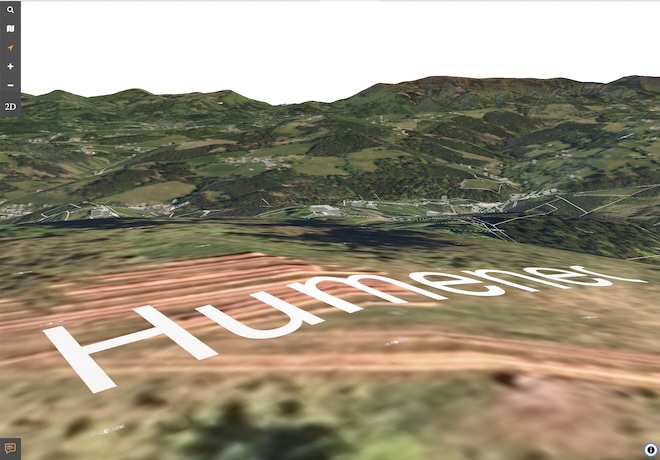
23.2.’25: zlepšeno rozlišení základních map pro ‘retina’ obrazovky. Oprava drobných chyb.



17.2.’25 aktualizována mapová komponenta Leaflet na poslední verzi 1.9.4.
27.1.’25: Přidána vrstva označující nemovitosti, které obsahují cenový údaj v katastru nemovitostí. Vyzkoušejte např zde. Ovšem sdělení konkrétní ceny je pouze na vyžádání na katastru. Viz ceník zde, položka 4021 a 4022.

13.1.’25: Export 1000 parcel do CSV souboru (test rychlosti procházení záznamy a exportu): https://www.youtube.com/watch?v=frBXLgSkHgU
2.1.’25 : Přidána možnost exportu parcel do csv souboru.


18.12. Přidány vrstvy zasíťování (voda, elektřina, plyn, kanalizace, apod). vyzkoušejte zde.
A také vrstvy leteckých snímků z minulých let, které můžete jednoduše procházet –video zde.
Nová videa pro náročné: iKatastr.cz na Apple Vision Pro a Test 3D prototypu na Apple Vision Pro
Apple Vision Pro: Enabling Spatial Interaction

We have various terms for AR – like Mixed Reality, Metaverse, Spatial-ware, XR. Among these, Apple’s term “Spatial Computing” stands out for its emphasis on integrating physical space and digital interactivity. This resonates with me, as the concept of “Spatial” reflects how we model and interact with space in meaningful ways. Years ago, I made up a new term “SpatialIn”—an open-ended label where “In” simply means Spatial is “in.” Later, with advancements like ARKit, I extended this idea into “Spatial Interactive,” emphasizing the interactive potential of space around us behaving like a dynamic canvas. Vision Pro aligns perfectly with this vision. After testing Vision Pro , here are my key observations:
- Hands-Free Interaction
Vision Pro’s hands-free interaction feels intuitive. Manipulating virtual objects with gestures or gaze eliminates barriers and enhances usability. Fluent hand movements remind me of my Tai-Chi classes from years ago.
- From VR to True Mixed Reality Immersion
Unlike VR, Vision Pro allows safer navigation in real spaces while engaging with virtual elements. It maintains spatial awareness and visual contact with reality, making it both practical and immersive.
- Unmatched Persistence
Vision Pro’s capability to retain virtual object placement across sessions is impressive. This feature is critical for practical applications such as architectural design, where models need to stay precisely where placed for accurate spatial referencing, or in education, where persistent virtual setups can create consistent and engaging learning environments. I found a model I placed earlier in the day still standing on the lower floor of the building—exactly where I left it. This happens without explicit relocalization notification for the user, as the virtual model sticks to the physical space even across different floors. A must for advanced spatial computing design as virtual space must keep integrity similar to physical one.
- Feeling Rendering on My Hands – sort of
The wide field of view and detailed lighting ensure a natural integration of digital and physical environments. Soft shadows and consistency make virtual elements feel tangible. Fidelity is so high that it creates the illusion of tactile sensation when interacting with virtual models. While purely subjective, this visual illusion convincingly engages my sense of touch, making the experience feel remarkably real to me. This visual-feel integration adds a layer of immersion that goes beyond sight and sound, engaging the sense of presence in a way that feels almost instinctive.
Here is a little example – while using only flat browser with WebGL powered MapLibreGL there: Update 07/2025 -live version here, e.g. : https://ikatastr.cz/3d/#kde=50.741216,15.001038,15.4,50,75&mapa=letecka&vrstvy=budovy3d,peaks,zsj,ku,obce,parcelybudovy&info=50.732718,14.984554
As there is no 3D map from Apple to test on the device by default, I had to convert a gltf to USDZ and send it to device for QuickLook to get experience of how 3D city would look like there.Here it goes:
The Creative Act
“Failure is the information you need to get where you are going.”, p.155, The Creative Act by Rick Rubin


iKatastr.cz 3D prototyp
Update 07/2025: 3d verze je již v provozu, vyzkoušejte např. takto: https://ikatastr.cz/3d/#kde=50.741216,15.001038,15.4,50,75&mapa=letecka&vrstvy=budovy3d,peaks,zsj,ku,obce,parcelybudovy&info=50.732718,14.984554
Jeden z prvních funkčních prototypů iKatastr 3D z března 2024, kde je již použit digitální model terénu spolu s budovami a katastrem nemovitostí.
Další testovací video o rok později – duben 2025:
Developer Twin – ChatGPT assisted story
– one paragraph of a story idea sketch and few ChatGPT iterations –
Entry #47: The Dawn of Kairmnc 12
Today was one of those days that might just change the game for me. It’s been a few weeks since I brought Kairmnc 12 into my little crew of developer twins. I’ve been managing and collaborating with my AI team for a while now, but Kairmnc 12—this thing is a different beast altogether.
The project on my plate was anything but simple: an advanced rendering method optimization that would’ve made me balk in the not-so-distant past. But that was before my digital team grew. Kairmnc 12 arrived with a toolkit that filled in the gaps I didn’t even realize my setup had.
Entry #50: In the Trenches with Kairmnc 12
It’s fascinating, watching my AI team take shape, each developer twin with its own area of expertise, like pieces of a puzzle I’ve been putting together over the years. The integration phase with Kairmnc 12 was surprisingly smooth. It’s like this new addition had been part of the team all along, bringing a fresh perspective to our collective table.
Today’s session was a deep dive into collaborative problem-solving. I’ve found myself more of a conductor lately, orchestrating the flow of ideas between the twins. Kairmnc 12’s influence is subtle yet profound, almost like it’s quietly tweaking our approach to challenges, refining our strategies.
Entry #53: The Breakthrough
I’ll admit, I had my doubts. Could a new piece of tech really click with an established setup? Today, those doubts were put to rest. We cracked the optimization problem. It wasn’t just the speed—it was the elegance of the solution. Kairmnc 12 didn’t just bring its programming prowess to the table; it somehow enhanced the group’s dynamic.
As I observed the twins tossing algorithms back and forth, adjusting parameters with a finesse I’ve come to expect from my digital comrades, I realized Kairmnc 12 had become the missing voice that turned our discussions into dialogues and our ideas into solutions.
Entry #57: Reflecting on the Journey
This evening, as I compile the notes and commit the final code, I can’t help but take a moment to reflect. The journey from a lone freelancer to a one-man-band with a chorus of AI at my command has been unexpected. Each developer twin I’ve partnered with has taught me something new about the complexities and the beauty of our craft.
Kairmnc 12, with its arrival, didn’t just contribute its expertise; it redefined my understanding of what we can accomplish together. The way it took the lead on the rendering method project, guiding the others, elevating their function—it’s like watching individual musicians play a symphony, each note perfectly in place.
Entry #65: Musings on Code and Quill
As I watched Kairmnc 12 seamlessly integrate with its AI siblings today, I found my mind wandering back to a different era, an era when the written word was a scarce form of artistry and power. The comparison might seem a stretch at first, but the parallels between the medieval scribes and modern programmers like myself are strikingly resonant.
In the Middle Ages, literacy was a rare skill, the domain of the privileged few. Monks and scribes held the keys to knowledge, transcribing texts by hand with painstaking attention to detail. They were the gatekeepers of information, the coders of their time, translating knowledge into a tangible form for the select few who could comprehend it. Their ability to write positioned them uniquely in society, often ensuring them a place of respect and influence.
As a programmer, I see a reflection of their world in ours. We, the developers, are the modern scribes, translating human logic into the language of machines. In the vast digital expanse, we inscribe our codes and scripts, our contemporary manuscripts. The ability to code, much like the ability to write back then, opens doors and secures a privileged position in the technological society we inhabit.
Just as the scribes of yore, programmers today are a blend of artists and artisans. We are the architects of virtual cathedrals, constructing complex structures from the logic up. The care a medieval scribe took in choosing their ink and preparing their parchment finds its echo in our selection of algorithms and the structuring of our codebases.
Yet, with the advent of developer twins like Kairmnc 12, this dynamic is shifting once again. The tedious aspects of our work—the hunt for an uninitialized variable—are being shouldered by these digital entities. Kairmnc 12 is akin to the invention of the printing press in its potential to democratize and expedite the spread of ‘written’ knowledge. It’s a leap from handcrafted individuality to mass production of ideas.
As I ponder this evolution, I can’t help but feel a mingling of nostalgia and excitement. The human touch in code, much like the unique flourishes of a scribe’s hand, carries a certain irreplaceable value. Yet, the efficiency and collaborative capacity that AI brings to the table cannot be overstated.
In my digital scriptorium, surrounded by the soft whir of machines, I’m both a scribe and a scholar, a witness to a new renaissance of coding where the developer twins are not just tools, but partners in creation. While the scribes of the past may have worked in silence, the developer’s workspace is alive with the chatter of collaborative AI, each one contributing to a manuscript that is never truly finished, but continually evolving.
And so, as I merge the best of what Kairmnc 12 offers into the collective expertise of my digital ensemble, I am mindful of the heritage we carry forward. Like the scribes who transformed society with their quills, we programmers, with our code, are shaping the contours of the future. It’s a lineage of knowledge, an unbroken thread from the past into the digital tapestry of tomorrow.
